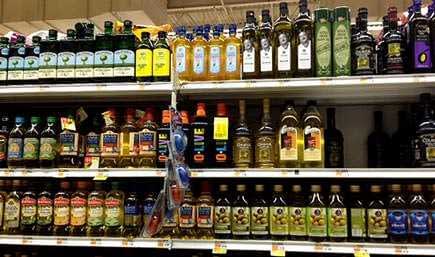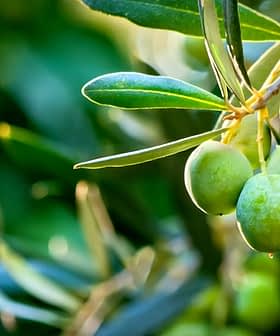
Photo: Vivien Cord
Olive oil imports increased 38 percent in China, 21 percent in Japan, 15 percent in Russia, and 9 percent in both the United States and Brazil in 2011/12, according to International Olive Council figures.
Published in the IOC’s market newsletter for December, the data — still provisional but now covering the full year from October to September — also shows that imports in Australia held steady but fell 1 percent in Canada.
In the table olive market, imports rose 15 percent in Brazil and 1 percent in Australia, remained stable in Canada and fell 4 percent in the U.S. and 3 percent in Russia.
Extra virgin olive oil prices
Ex-mill prices in Spain increased by 50 percent between December 2011 and December 2012, when they reached €2.68/kg and finally regained what had been their level back in April 2007, the IOC newsletter also reports.
In Italy, prices rose 23 percent between December 2011 and December 2012. And in the space of the month to the second week of last December they went from €2.67/kg to €2.98/kg.
“In Greece, producer prices have risen more evenly and slowly, going up from €1.82/kg (late July) to €2.04/kg in the third week of December. The price increase vis-à-vis the same week of the year before works out at 8 percent,” the IOC said.
The gap between the price of refined olive oil and extra virgin olive oil is currently around €0.10/kg in Spain and €0.64/kg in Italy.
U.S. imports to fall
Imports in the crucial U.S. market are forecast to fall from 294,000 tons in the 2011/12 crop year (October to September) to 285,000 tons in 2012/13, as U.S. production meanwhile doubles from 6,000 to 12,000 tons, according to a separate IOC document titled “Key-figures on the world market for olive oils.”
But the IOC expects a small rise in imports in another big market, Brazil, from 68,000 to 70,000 tons.
Global olive oil production is predicted to total 2.7 million tons and consumption 3.1 million tons, down from 3.4 million and 3.2 million respectively last season.








